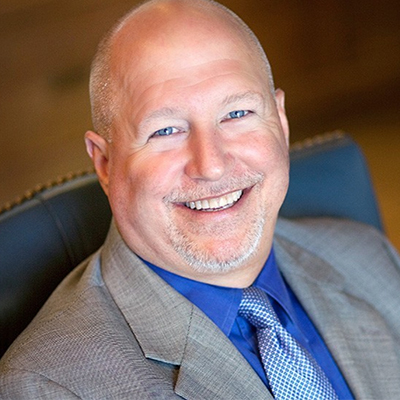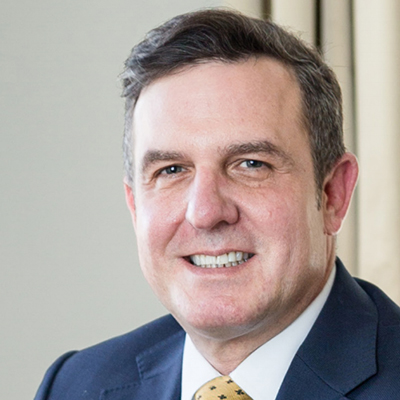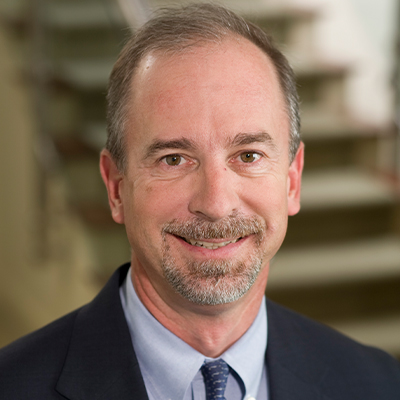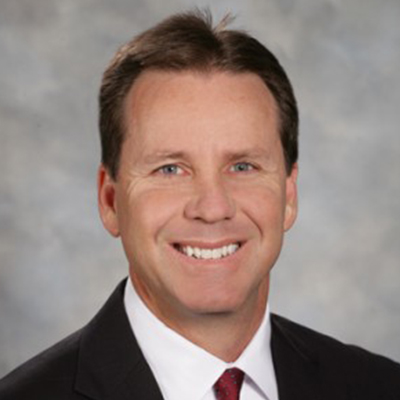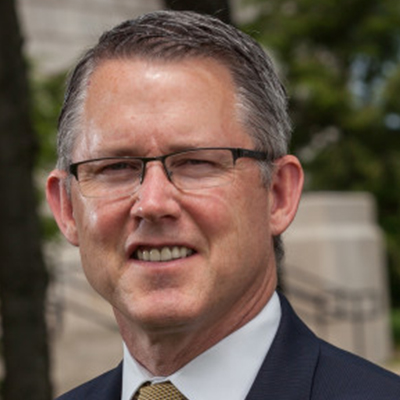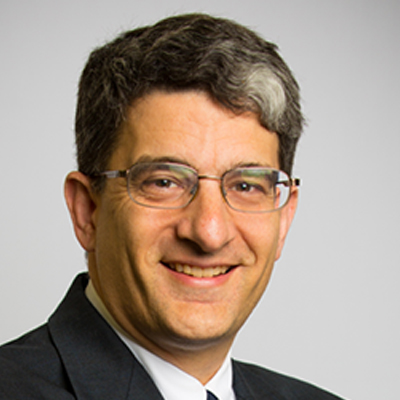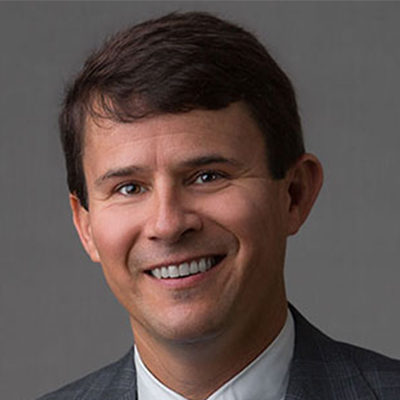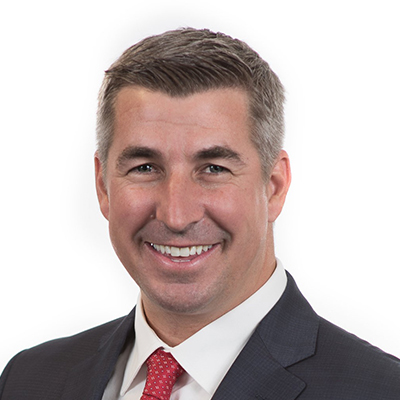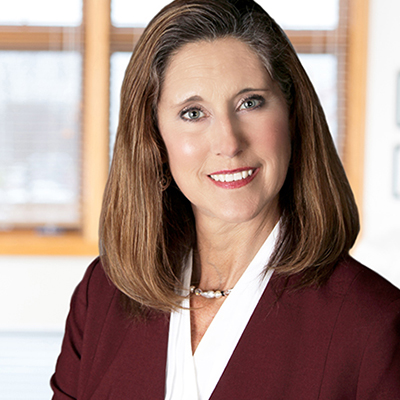Whether it's the annual allocation-of-the-pie ritual, or assessing the previous year and planning for the next, or planning your business development practice, there is much for stakeholders to discuss and decide. January is a time for decision-making and planning.
This means meetings, perhaps lots of meetings. Unfortunately, for too many of us, too many meetings are a frustrating waste of time. That's because meeting facilitation, like so many other useful capabilities, is not an innate talent but a learned skill.
So, how can you run a great meeting that accomplishes a worthwhile purpose and makes the best use of scarce time?

Years ago, I was in a startup venture called GroupDecisions.com. The founding principals, Garret Sheldon and Dennis McDaniel, were experts at how groups of people make decisions. Under their facilitation, our meetings were amazingly productive, and ran not a minute longer than scheduled. From them, I learned that meetings are for only one purpose: decision-making. All information sharing took place beforehand via other media. Relationship-building is not a meeting purpose; it's a by-product of a productive meeting that people are glad they attended. Who wants to build a relationship with someone who wastes their time?
To make the most of your meetings, we recommend that you follow this meeting structure:
- Introductions of all new participants or guests.
- Expectations of this meeting: Poll each participant. What does each of us expect to accomplish during this meeting (not overall)? It's important to list each response publicly, e.g., via whiteboard, easel pad, using language very close to that expressed by the participant (creates ownership). For each expressed expectation, group members should ask, "Is that something that could be accomplished in an hour, or is it something that's beyond the scope of this meeting?" If the latter, capture it for later consideration as a larger goal.
- Barrier Behaviors: What behaviors could inhibit our fulfilling those expectations during this meeting? Typical responses reflect many of the points raised by others here, e.g., telling long stories, going off the rails, etc. The facilitator then gets the group's permission to use a code word that alerts that we're experiencing a barrier behavior. This keeps it from being personal. The group acknowledges at the outset that these are things we expect to have happen, but don't want to have happen. It's not you screwing up the meeting; it's simply the (predicted) occurrence of a known barrier behavior, and we're calling a stop to it.
- Issues: This is the core of our agenda, defining the issues we must decide or resolve. You'll be surprised how differently people will perceive and define the same issue. Hearing each person's perspective begins the process of increasing awareness, respecting views and enabling alignment.
- Solution Options: What solution actions or responses are available for consideration relative to each issue?
- Alignment and Decisions: Which of our response options will we commit to? How will we measure success? We had participants create a weighted, ranked list, kind of like MVP voting in sports. Option A got three #1 votes, one #2 vote, four #3 votes, etc., which made it easy to calculate the group's decision.
- Action Items: What specific things must be done to implement that action decision? By what deadline?
- Accountability: Each action step must have an owner, a completion deadline, and defined direction as to what other stakeholders must be informed or will otherwise be affected, and how. What resources does the action item owner need to assure success?
- Wrap-up and Next Steps: This is where we poll each participant and have them assess how well we fulfilled their expectations and avoided barriers, and establish continuity and a clear forward direction.
The idea was to create a process that assured that meetings accomplished something specific and measurable.
One important discipline: The meeting facilitator cannot simultaneously be a contributor. That creates a counterproductive bully pulpit. In a perfect world, the facilitator will be an outsider, with no stake in the outcome other than its legitimacy and timeliness.
If the facilitator is a topic expert who must contribute from time to time, we would have that person wear a "Facilitator" hat while serving in that capacity, and when he had to contribute, replace that with a "Contributor" hat. In the absence of hats, I've changed seats, announcing, "I'm moving from my Facilitator seat to my Contributor seat." When I concluded my topic-expert contribution, I'd move back to my Facilitator seat and resume facilitating the decision process.
Garret and Dennis facilitated law firm Brouse McDowell (Akron, OH) making a really smart marketing strategy decision that was owned by all the stakeholders and, thus, supportable and sustainable. (My role was limited to "compiler," i.e., I spoke "group decision" and "law firm marketing/sales," so I translated for everyone as we converted a process developed for IT organizations for use by a law firm.)
If you'd like a copy of the case study that the firm's COO and I wrote afterward for Law Firm Governance magazine (defunct), let me know.
Some years later, I found myself in position to put this to the acid test. I'd been finessed into agreeing to chair the Legal Marketing Association's annual conference. I knew nothing about chairing a big event, and knew only about half of the members of the conference committee. I began by writing a white paper explaining my view of the state of the industry, LMA, and the annual conference, which I distributed to the committee members for markup and comment.
I also distributed to each member the meeting agenda above. We used that over the course of six months of planning and organizing. Each meeting began precisely on time and ended precisely on time, which the members really appreciated; they'd never before had a meeting schedule with integrity.
In Good to Great, author Jim Collins quotes leaders of great companies as saying the key to sustained success is getting the right people on the bus, getting the wrong people off the bus, then letting the right people decide where to drive the bus.
This agenda, and the underlying group decision process, enabled a dozen part-time volunteers (plus the organization's small staff) to organize and produce the most successful conference in LMA's history at that time. Oh, and this was under unique conditions. You see, this was the 2002 conference in Washington, DC. We were planning it in the immediate aftermath of 9/11, when we didn't know if anyone would be willing to travel to DC.
Start with a worthwhile purpose, then conduct your meetings in a way that causes participants to want to remain engaged.
# # #
ABOUT THE AUTHOR

Mike O'Horo is known throughout the law business for the past 20 years simply as "The Coach." He is co-founder of RainmakerVT, the first interactive virtual rainmaking training for lawyers.
Click on link below for PDF version of this article.





